ASME B30.20-2025: Below-the-Hook Lifting Devices
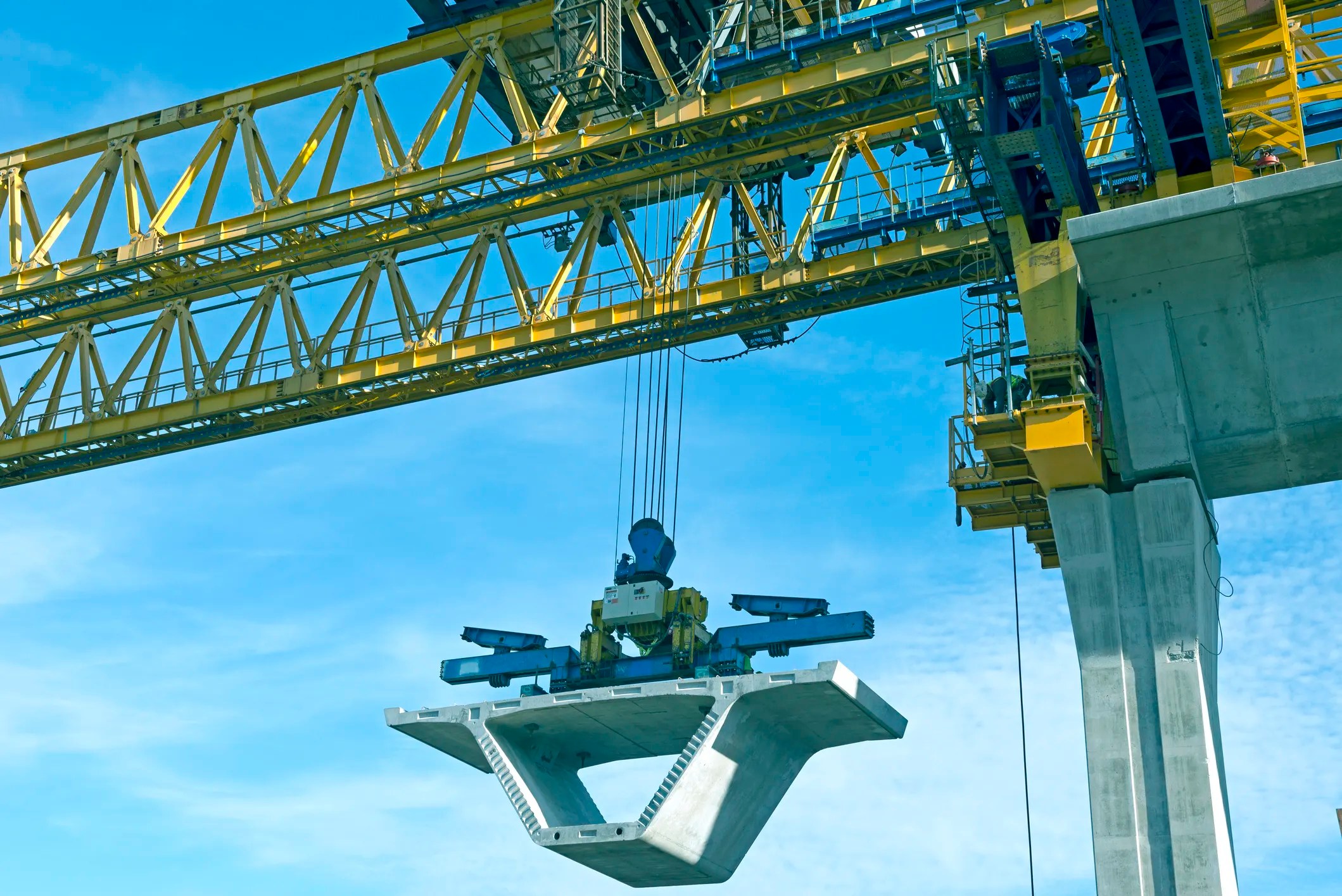
A volume of the overall safety standard for cableways, cranes, derricks, hoists, hooks, jacks, and slings, ASME B30.20-2025: Below-the-Hook Lifting Devices, has been released. Revising the previous edition of the same American National Standard, ASME B30.20-2025 is distinguished by some changes.
Lifting Equipment and ASME B30
The desire to build up—the very same pursuit that results in buildings ranging from multi-story structures to cloud-hugging obelisks—is tied to a desire to expand our known society, but, in a way, it defies the earth’s natural order. If you think about it, any process that pushes materials or components sky-bound must go against the 1 g pull of the earth. In addition to resisting any wind forces and enhancing safety and efficiency for personnel, construction devices and processes for lifting revolve around the means to resist sending the lifted object plummeting to the ground at the global acceleration of 9.8 m/s/s.
There is a lot that construction processes and components need to grapple with, even including grapples. For the past century, the overarching ASME B30 standard has offered provisions for the construction, installation, operation, and maintenance of cranes and related lifting equipment. For convenience, B30 is split up into numerous volumes. ASME B30.20-2025 is one of these distinct parts.
What is ASME B30.20-2025?
ASME B30.20-2025 focuses on below-the-hook lifting devices. Commonly referred to as a lifter, a below-the-hook lifting device attaches a load to a hoist. These devices can come in several forms, including structural and mechanical lifting devices, vacuum lifting devices, close proximity operated lifting magnets, remotely operated lifting magnets, scrap and material-handling grapples, and clamps. In fact, these six variations are not only addressed in the ASME B30.20-2025 standard, but they are the focus of each chapter of the document.
ASME B30.20-2025’s provisions span the marking, construction, installation, inspection, testing, maintenance, and operation of below-the-hook lifting devices. This volume of ASME B30 also applies to clamps used for positioning and anchoring.
Please note that a lifter may contain components addressed by other ASME B30 volumes or other standards, such as slings, hooks, and rigging hardware. Furthermore, users of ASME B30.20-2025 can look to ASME BTH-1-2020: Design of Below-the-Hook Lifting Devices for further guidance.
Changes to ASME B30.20-2025
Since it revises the 2021 edition of the same standard, thereby keeping current the provisions detailed in an expansive document, ASME B30.20-2025 contains the following changes:
- The standard now addresses adjustable and modular spreader bars and clamps.
- New figures were added for load-containing lifters.
- Lifting devices were clarified.
- Nonmandatory Appendix A, Marking of Multiple-Rated-Load Lifting Devices,” was added.
- Method to load test lifting devices was updated.
Questions About ASME B30.20-2025?
This American National Standard was developed by the American Society of Mechanical Engineers (ASME).
Please direct any technical questions relating to this American National Standard to the developer. You can find the contact information for all standard developing organizations (SDOs) here: Who to Contact for Standards Related Questions.
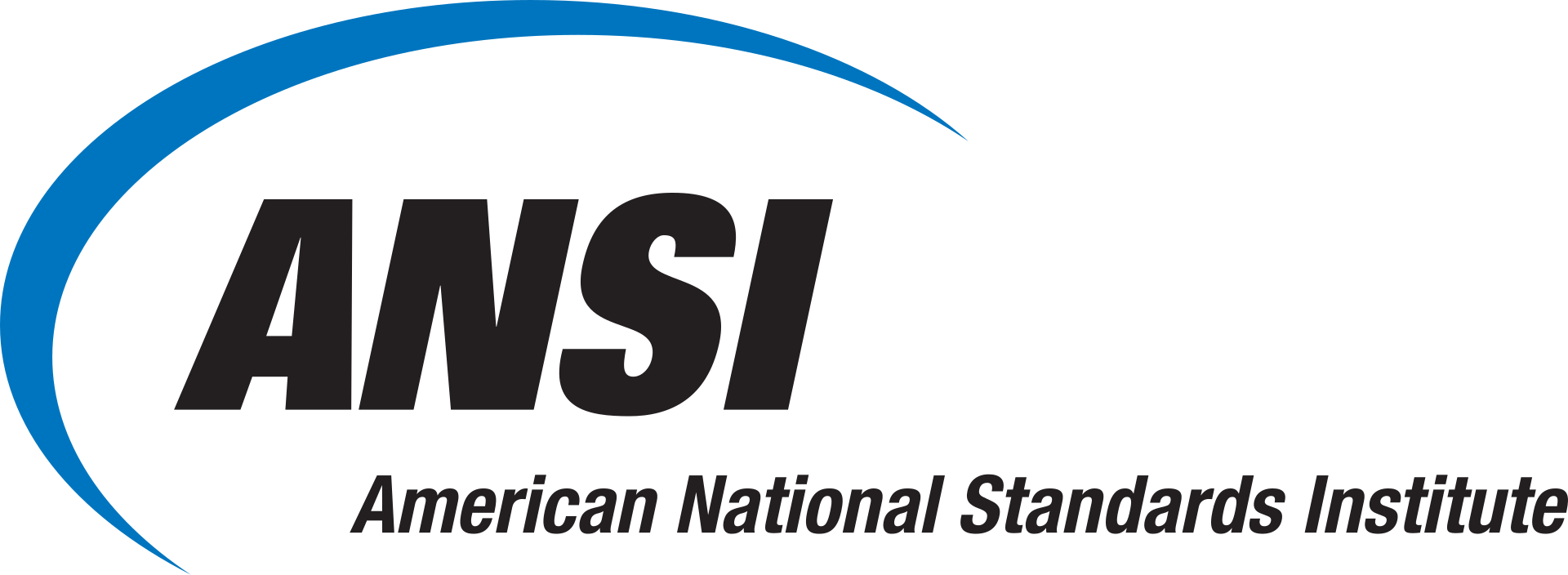
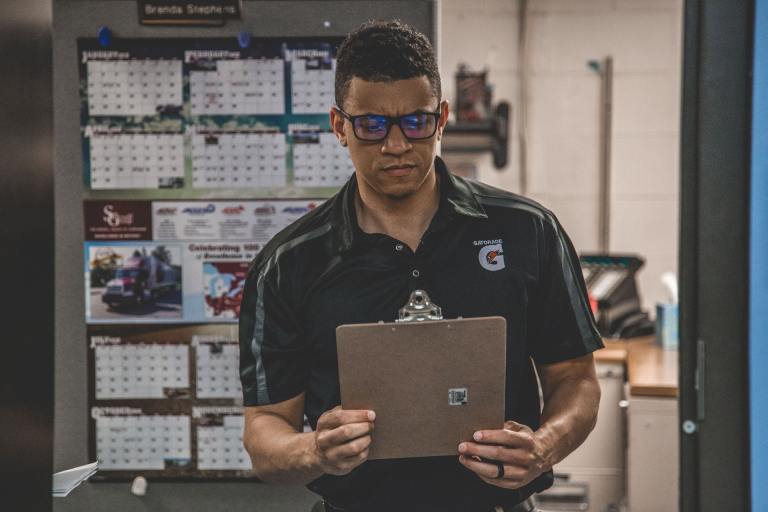
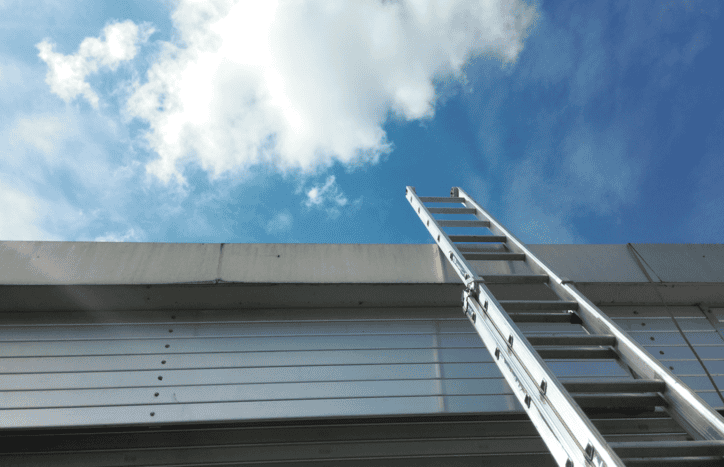



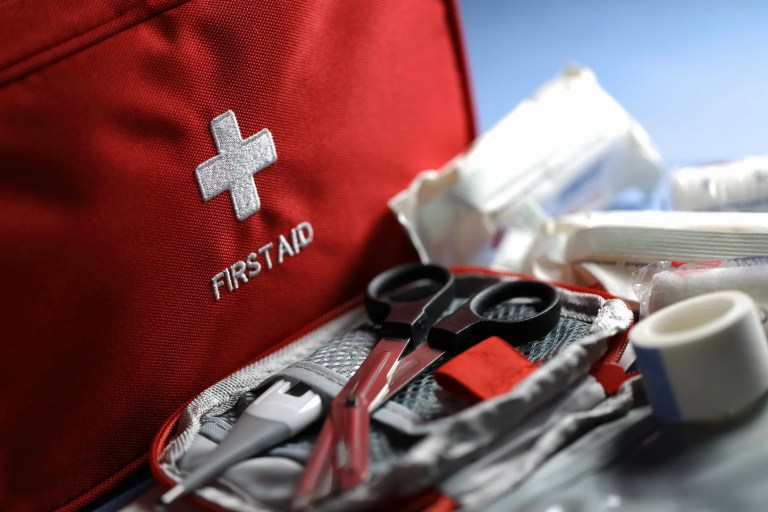
We are in the development stage, of a patented below the hook device that utilizes hydraulic components.
Is there a hydraulic spec in place for Below the Hook devices re B30.2?
There has been discussion over recent years of a a hydraulic spec being added to Below the Hook spec B30.2.